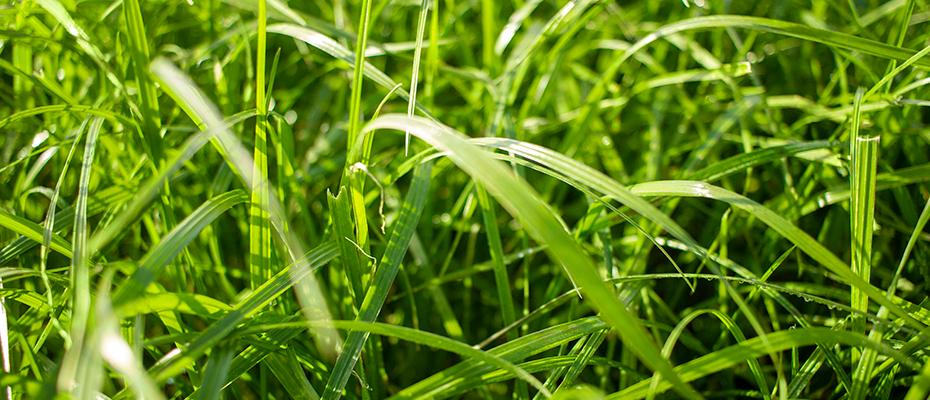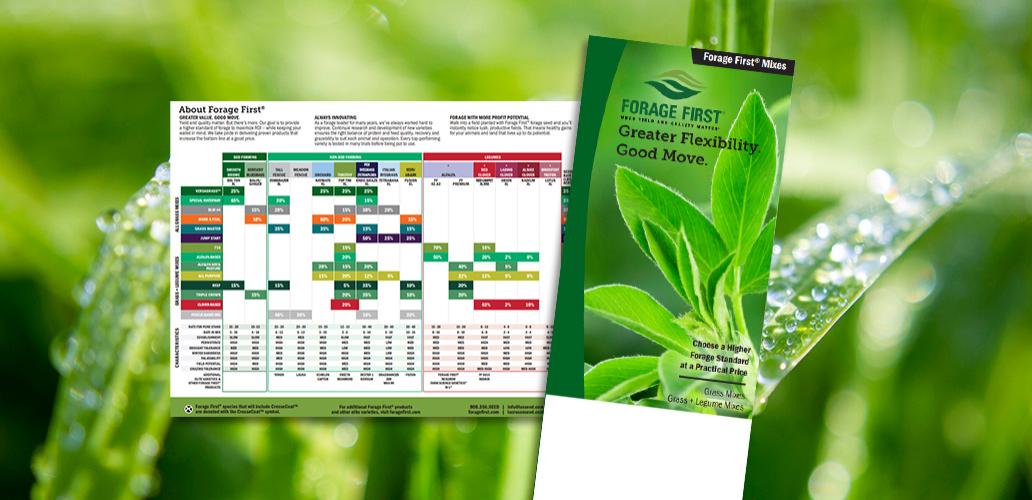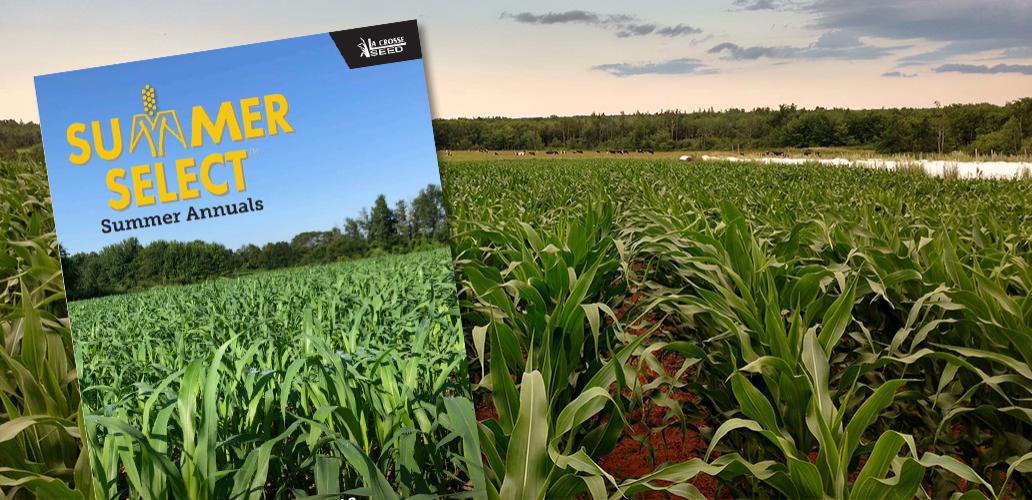Forage First Guide I Summer Select Guide
Greater Value. Good Move. Yield and quality matter. But there’s more. Our goal is to provide a higher standard for forage to maximize ROI– while keeping your wallet in mind. We take pride in delivering proven products that increase the bottom line at a good price.

Bison 2 is the newest development of DLF’s successful forage intermediate ryegrasses with an increased dry matter yield and better leaf disease resistance. Persistence is the biggest advantage of Bison 2. Even into the third year, Bison 2 outyields a typical perennial ryegrass. For total accumulated forage in three years, Bison 2 is the clear winner.
CHARACTERISTICS:
Establishment: Fast
Persistence: High
Drought Tolerance: Medium
Winter Hardiness: Medium High
Palatability: High
Yield Potential: High
Grazing Tolerance: High
SEEDING:
Seeding Rate:
Alone (lbs./acre): 30-40
Mixes (lbs./acre): 6-10
Seeds/lb.: 227,000
Depth (in.): 1/4-1/2
Planting Time:
Feb.-May; Aug.-Sept.
Emergence (days): 5-14
Life Cycle: Perennial
Adaptation:
These grasses have a wide range of adaptability to soils, but thrive best on fertile soils with a pH between 5.5-6.5. They produce well in regions having mild climates. They do not withstand hot, dry weather or severe winters. They will stand fairly wet soils with reasonably good surface drainage. Perennial ryegrass is distributed throughout the entire United States.
Establishment:
Seed should be planted in a well prepared seedbed. In general, the perennial ryegrass component of a mix should be 20% or less since it is very competitive, due to rapid germination and good seedling vigor.
MANAGEMENT:
Rotational Grazing:
BEGIN (IN): 8 - 12
AVERAGE DAYS REST: 15 - 30
STOP (IN): 2 - 4
Harvest Management:
Cut boot to mid-bloom.
Ryegrass is generally cut for hay when seed heads start to emerge. Pastures should be rotationally grazed when spring growth is 3 to 6 inches high. Allowing 7 to 10 inches of regrowth between grazings will benefit yield and persistence. On new seedings, harvest or grazing should be delayed until plants are 10 to 12 inches tall. Ryegrass responds well to good management, such as intensive rotational grazing and fertilizer applications. When used for turf, mowing height should be 1 to 2 inches. Mow frequently enough so no more than 1/3 of the total leaf area is removed. Perennial ryegrass requires moderate to high watering and moderate to high fertilizer requirements. Disease control measures may be needed depending on conditions during the growing season.
Ratings
Scale 1-9, where 9 = best or most pronounced
Persistence
Drought Tolerance
Winter Hardiness
Palatability
Yield Potential
Grazing Tolerance
- Great for short-term pastures
- Excellent for overseeding existing pastures
- Increases dry matter yield when interseeded
- Very high leaf to stem ratio
- Tolerates intensive grazing
- Very high yield & extremely fast recovery

.png)
.png)


.png)










